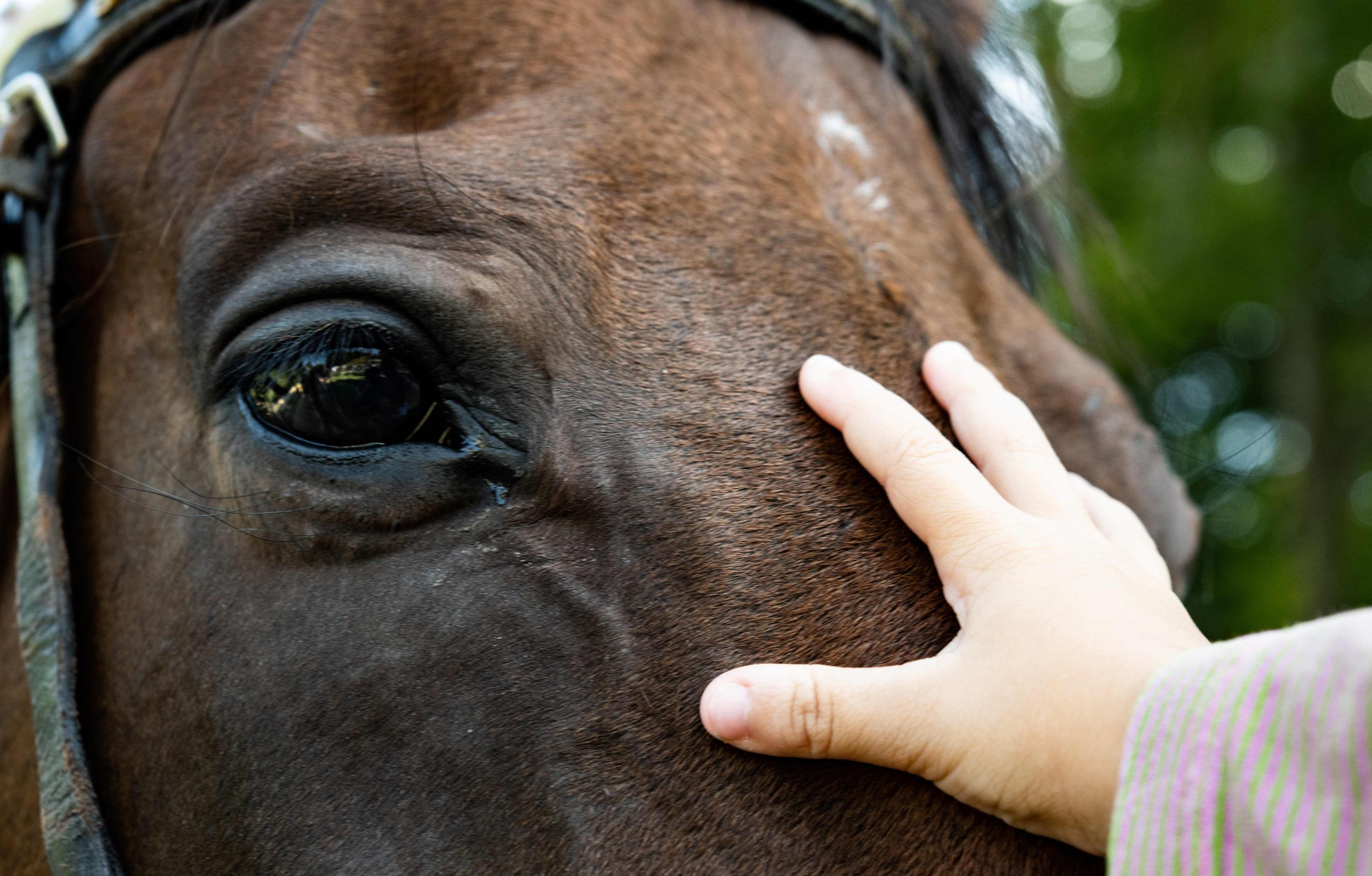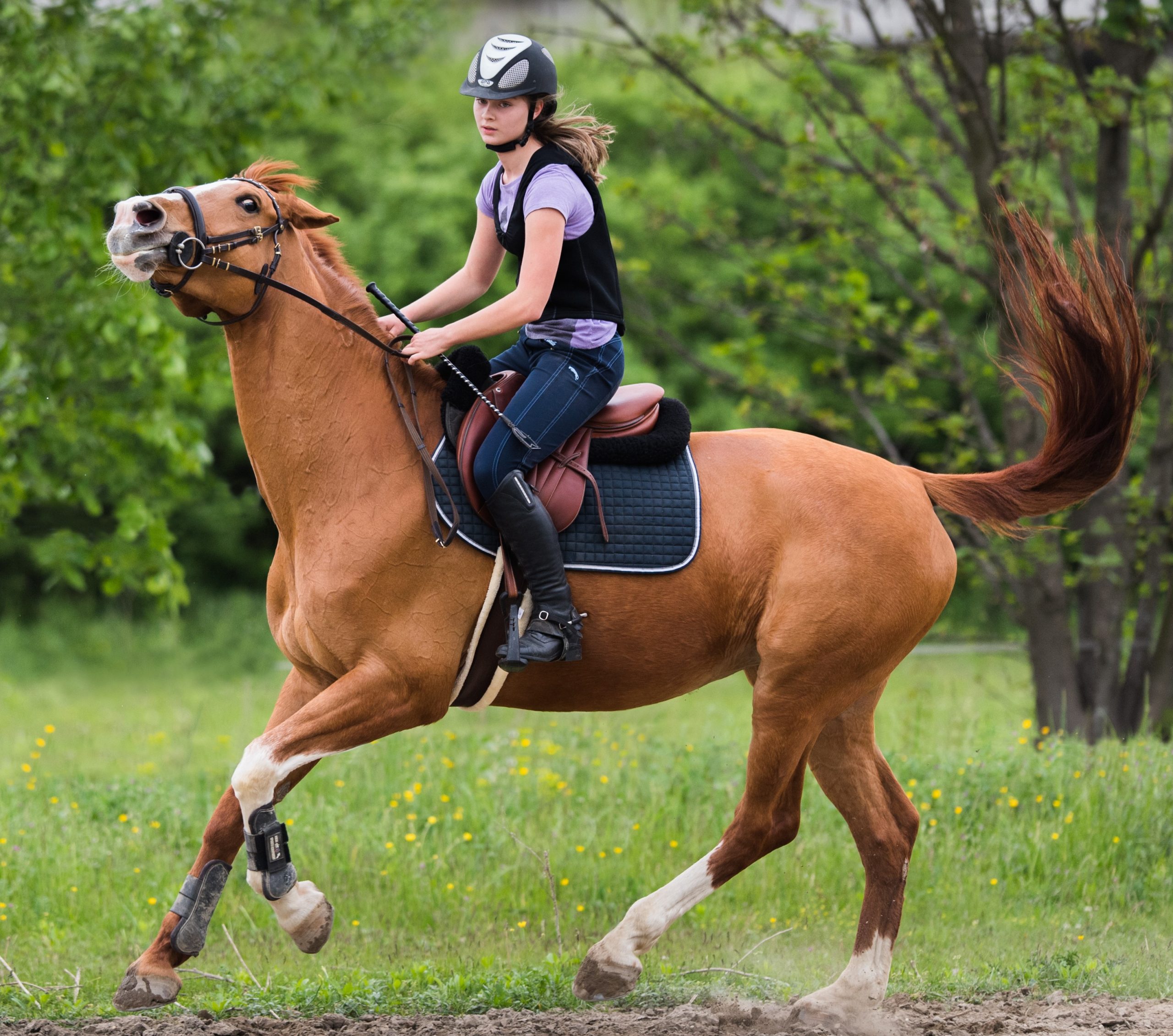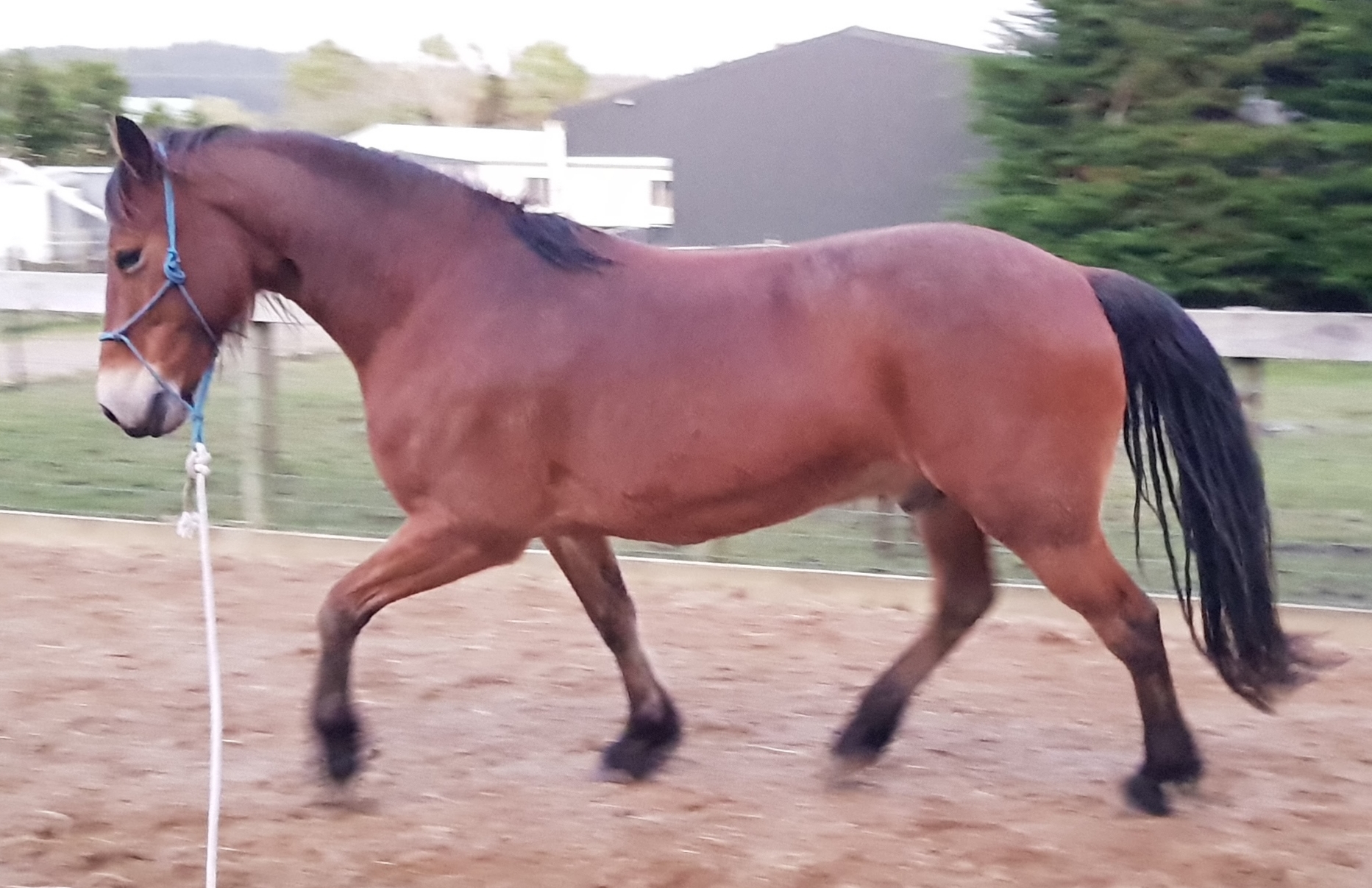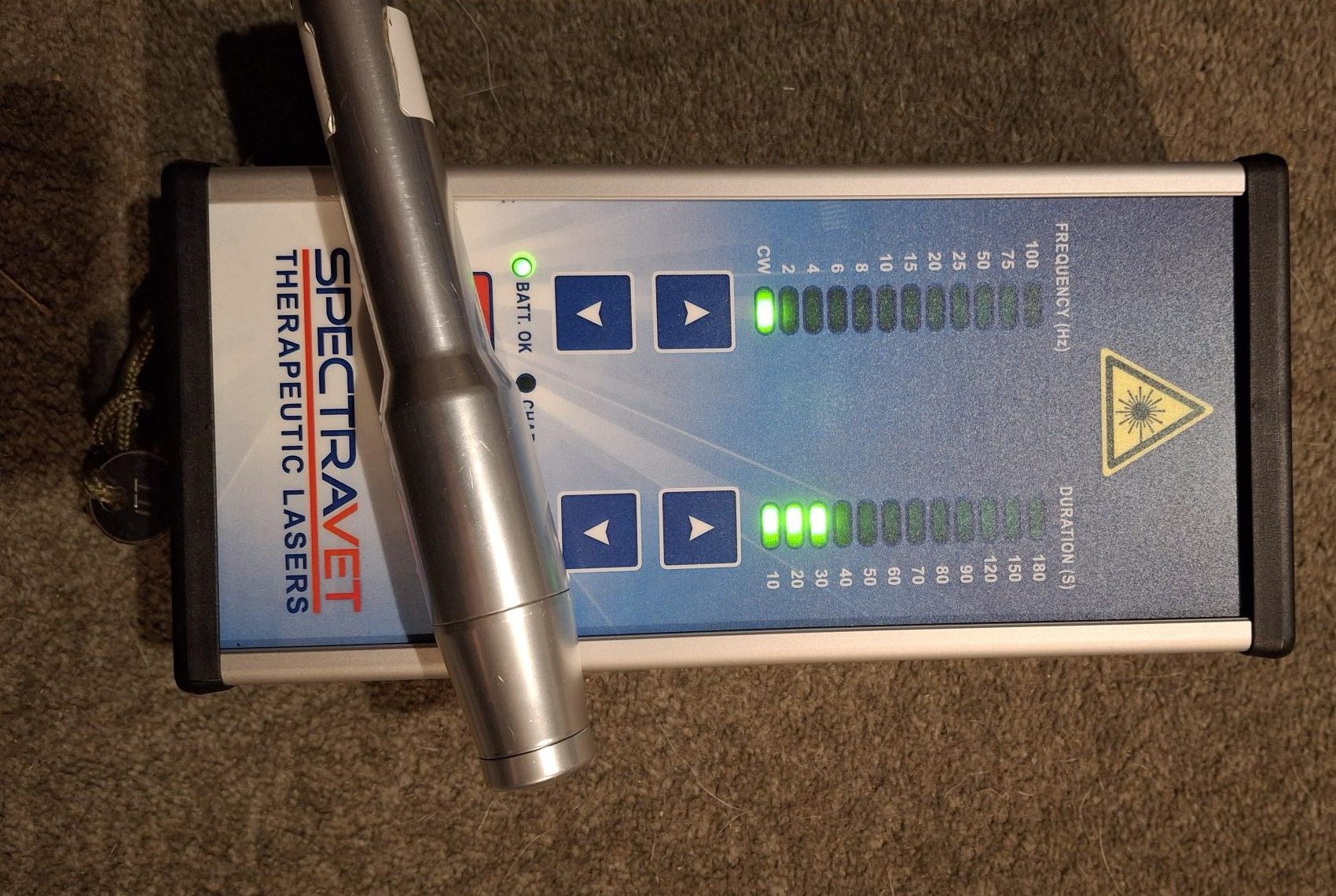Equine Veterinary Rehabilitation
Dr Debbie Prattley
Horses work very hard for us when we ride, and there are many factors that affect their physical and mental wellbeing. When working with horses, I consider saddle fit, nutrition, training, soundness, paddock antics and any underlying health conditions, including dental and hoof care.

Hands-on therapies for horses
Whether horses are being ridden or are hanging out in the paddock (where they tend to think they can do all sorts of gymnastics at times!) they challenge their bodies. Because we ride and interact with them so much, we often see unwanted behaviours that stem from soreness, stiffness or lameness that isn’t always easy to recognise. Regular treatments keep our horses comfortable and ourselves safe. I have many hands-on techniques to choose from, coming from osteopathy, chiropractic and physiotherapy fields.

Saddle fitting
Poor saddle fit is one of the biggest reasons why horses start behaving in ways that we don’t want. Saddles that don’t fit cause too much pressure in small areas, resulting in pain. Saddle fit should be checked regularly, at least twice yearly, and more often for horses that change shape frequently. This includes horses that are still growing, ones that lose weight easily (think Thoroughbreds in lots of work or going into winter), or gain weight quickly (think the good doers who can put on enough weight to change a gullet size within two weeks!).

Stretches and Exercises
There are some active stretches that I usually recommend for horses, because they not only stretch muscles, fascia and other soft tissues, but also activate and help to build muscles. Plus they help you to monitor what your horse can do – if they stop being able to do the movement properly, you know there’s a problem! Controlled exercise programmes are needed after injuries to carefully return horses to work while rebuilding strength and fitness.

other therapies
Laser treatment is a particular type of light therapy that stimulates tissue healing while reducing pain and inflammation. Horses seem to be able to sense the treatment and show signs of relaxation. I also use the laser to stimulate acupuncture points, which is a nice safe way to treat them. Electro-acupuncture and transcutaneous nerve stimulation are available to help horses with headshaking.